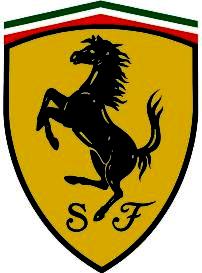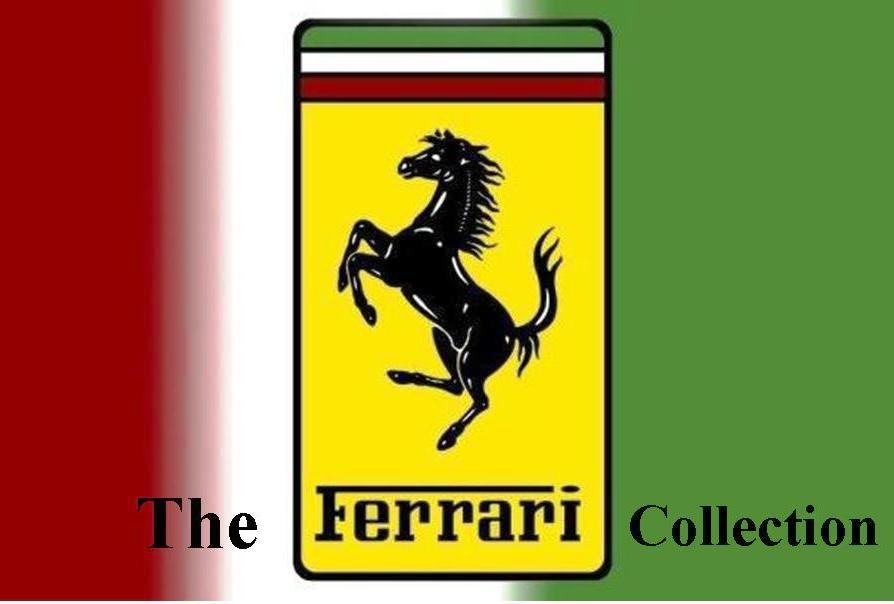Following the changeable results of the previous few years Ferrari were desperate for a really competitive car. Drastic changes for 1987 were again the order of the day! Gustav Brunner was given clean sheet of paper and together with John Barnard designed the very different F1-87.
The new car retained the V6, twin Garrett turbo charged, 1.5 litre engine, the Tipo 033, but with a more conventional 90 degree angle. A stunning 880 bhp was claimed later being squeezed to 960 bhp at 11,500 rpm! A new six speed Torsen manual gearbox was mated to it and this particular part proved to be totally reliable. Demonstrating flashes of potential early in the season Alboreto lead the San Marino GP for a short time. Unfortunately reliability issues intervened, and did so repeatedly, the car retired more times than it finished.
From the Hungarian Grand Prix onwards, Ferrari’s car looked as quick as any else's managing three pole positions through the season. Berger challenged Mansell for the lead in Hungary before retiring. He then came within a whisker of winning the Portuguese Grand Prix before spinning. Perhaps predictably reliability issues again put him out while leading the Mexican Grand Prix. The season finished on a high when the F1-87 finally lived up to its potential. Berger took dominating victories in the final two rounds, Japan and Australia, and Alboreto made it a Ferrari 1-2 in Adelaide after Senna's disqualification.
Berger out-qualified his team-mate, Michele Alboreto, 12-4 in 1987, and finished 5th in the drivers championship with a points total of 36. Ferrari as a team finished 4th in the constructors cup having gaining 53 points.
At the end of the season the elderly Enzo Ferrari, "Il Commendatori" himself, gifted the car to Berger as a token of his gratitude.

1/43rd scale kit.
Built by Ian.
Built in 1991, along with the other four cars from the set, this is straight from the box modelling. The suspension arms were shaped to produce a more realistic profile and the tyres were scrubbed with sand paper, otherwise the kit was fine and went together well. The front metal axel is a shame and if Ian makes them again in the future this will be a point to attend to. It is all painted with Humbrol enamels applied by brush. The clear cote to protect the tyre decals was added much later in the cars life.
Heller has a larger range of 1/43rd scale cars then most plastic model companies courtesy of being European where the smaller scale is the norm. The range of road subjects grew over the years, with rally and touring cars being added along the way. Their F1 range remains at 5 kits though. All are rare now but thanks to Airfix releasing the Williams and McLaren in 2001 the Ferrari, Lotus and Benetton are the hardest to find.
1/42rd scale kits have improved greatly in the last ten years. These rather simple offerrings have little in common with the kits released by BBR and similar firms. Photo-etched chassis, which require hand folding, are increadibly detailed against the older white metal kits John Day, John Shinton and even some kits by SMTS.
Due to the internet the world market has opened up and Heller along with most other manufacturers now centre more around a 1/24th scale.
RETURN TO:-
